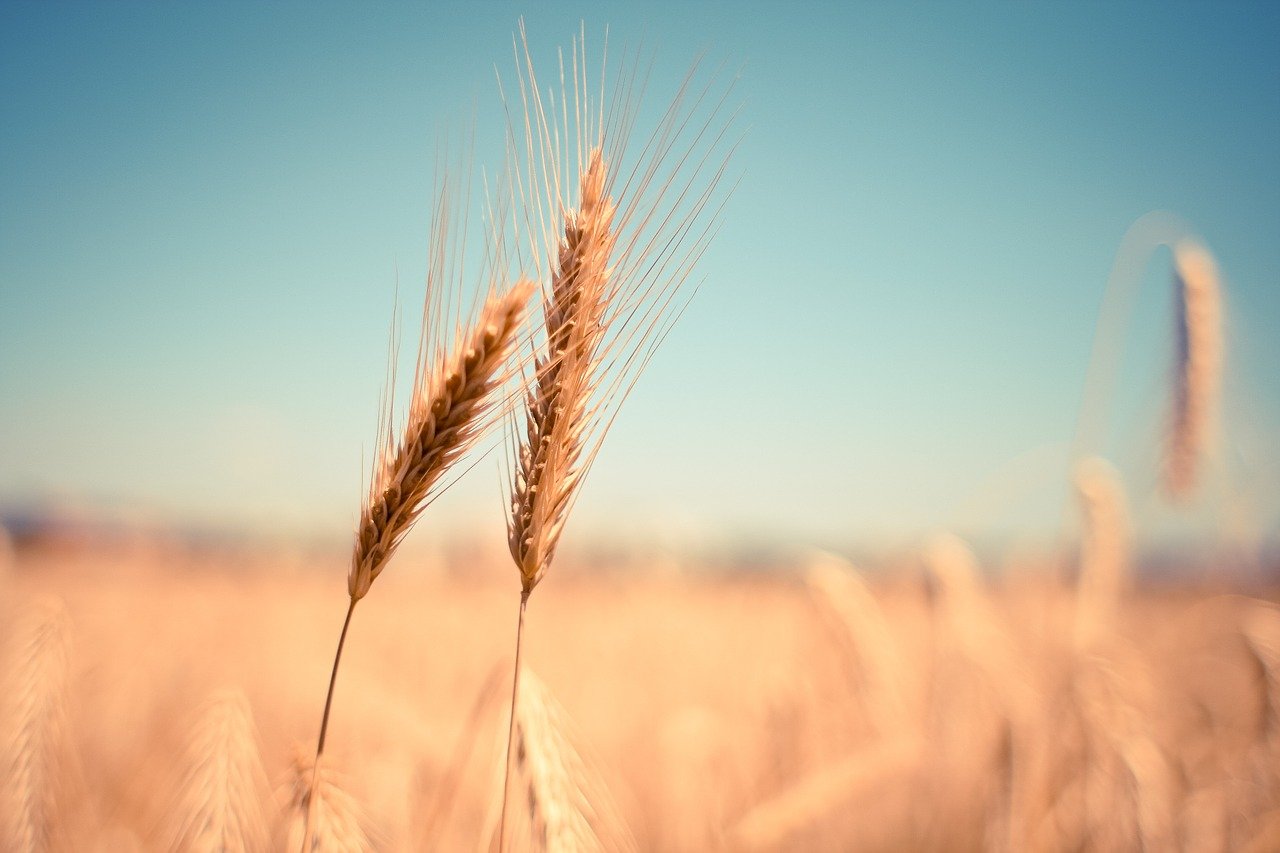In the grain family, wheat has developed and established a reputation not just as a cultural symbol, but a culinary staple as well. Right from the onset of human history, wheat has been cultivated widely by different communities around the world. Therefore, it is not uncommon to find wheat having several attachments and symbolism among communities.
What You'll Learn Today
What does wheat symbolize?

The symbolism of wheat is much more like that of maize, rice, and barley. It symbolizes fertility, life, and abundance. Among the Greek, wheat was an emblem of deities especially those associated with agriculture, fertility, and provision.
Given the fact that wheat sprouts from the soil, it has been associated with resurrection and rebirth. This was especially seen in Egypt where wheat was the breadbasket of ancient tribes along the Mediterranean.
The Egyptian god, Osiris who was the guardian of the underworld, received a religious offering comprising linen bundles stuffed with wheat.
What does wheat symbolize in the Bible?
In the Bible, there are several verses that mention wheat both for what it is and the symbolism it carries. In many of the places, wheat has been used to signify love and charity. A field of wheat represents the church while the seeds planted into the ground symbolize good and truth. This meaning is shared with other plants such as barley and rice.
In Deuteronomy 32:14 the Bible reads
“…with curds and milk from herd and flock and with fattened lambs and goats, with choice rams of Bashan and the finest kernels of wheat. You drank the foaming blood of the grape.”
The usage of wheat in this passage of scripture is symbolic of God’s provision in the lives of the Israelites. Partly, the verse shows the generosity of God and the extent of his charity towards the tribe of Israel.
In the Book of John 12:24, the Bible notes
“Very truly I tell you, unless a kernel of wheat falls to the ground and dies, it remains only a single seed. But if it dies, it produces many seeds.”
In this verse of scripture, wheat has been used as a symbol of spiritual transformation. It notes the process that believers must go through if they are to bear fruit and take up their mission in Jesus Christ.
When talking about the impending temptation of Simon by the devil, Jesus notes in Luke 22:31 that
“Simon, Simon, Satan has asked to sift all of you as wheat.”
This passage captures how thorough and intentional Satan had planned to deal with Simon. It was a wake-up call for Simon to stand up for the gospel and never give in to any schemes of the enemy.
Jesus always taught his disciples about the need to do good whenever they went. In this way, they would resemble him and propel his ministry forward. However, in one of the parables recorded in Matthew 13:25, the Bible gives this warning
“But while everyone was sleeping, his enemy came and sowed weeds among the wheat, and went away.”
The intention of the parable was to warn the disciples that they ought to remain steady and alert lest the devil plants other spirits and behaviors among the good news that they preached to the people.
What does a sheaf of wheat symbolize?
A sheaf of wheat refers a bunch of wheat stalks that are tied after being harvested mostly by hand with scythes. Today with the increased use of agricultural mechanization, wheat sheafs might not be as popular.
As a symbol, the wheat sheaf is strongly associated with resurrection. Throughout ancient cultures, wheat has been used in funerals and burial rites.
Among the Romans and Greeks, wheat sheafs were regarded as a sign of immortality or life springing from death. In one of the rites practiced in ancient cultures, priests used to sprinkle wheat flour on the heads of victims before sacrificing them.
In the ancient Greek and Roman cultures, both their goddesses of agriculture and harvest (Ceres and Demeter) were illustrated as carrying either a harvester’s sickle or a wheat sheaf. The Victorian cult regarded wheat sheaf as a symbol of life that is cut and renewed. This is why some of the places you would find wheat sheafs included rings, lockets, brooches, and wreaths.
If the sheaf of wheat is in a bird’s beak, it symbolizes the watchfulness of Satan for those who are easily corrupted. This refers to people given to vices and behaviors such as adultery and alcoholism. If the wheat is scattered on the ground, it symbolic of a life or future that is wasted.
What does wheat symbolize in Hinduism?

The life of most Indians revolve around rituals beginning from birth all the way to death. The Hindu scriptures are specific and prescribe certain grains to be used in preparing offerings. Some of the villages mostly from the outskirts of major cities still use these products to date.
Wheat is commonly used together with spices, rice, prunes, cherries, gee, honey, and sesame seeds as part of offerings and elaborate rituals. What is most important with these products is that they cannot be substituted. For instance, without wheat, pooja is incomplete which means the worshiper gets no blessings.
If you do not have wheat but you have rice, Lord Rama would not accept the rice as a substitute. One of the Indian gods, Lord Jhumraj who is the god of death, must be offered both wheat and rice if the souls of the deceased are to rest in peace. Therefore, wheat had both a cultural significance as well as religious symbolism among the Hindu.
What does wheat symbolize on flag?
There are several flags that have wheat at the center. For instance, the Afghanistan flag has an ear of wheat to symbolize agriculture and food security. In many of the other flags, wheat has been regarded as the representative of agriculture and crop farming.
Conclusion
Wheat has a long and rich history among humans with nobody knowing, in particular, where the first plantings of wheat came from. Because of this mystery, many of the early writings concluded that the crop came from God. Knowing what wheat symbolizes will help you quickly figure out any interpretation such as a dream or vision.